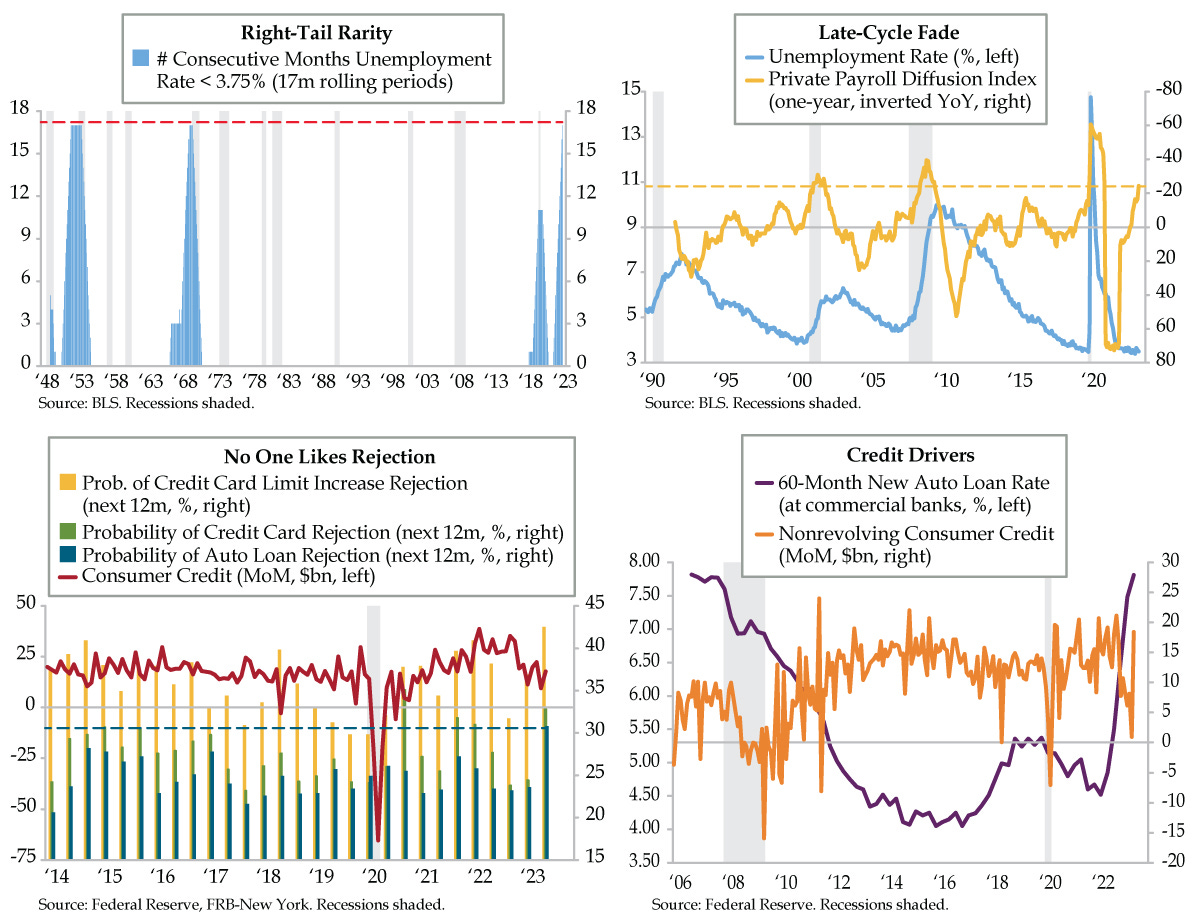The Daily Feather — The Un-Bespoke Washington County, Maine
“Is America Finally Over its Maine Moment? (If So, Thank God.)” This was a provocative Vanity Fair article I read when it was released in December 2013. That August marked my third summer at Camp Kotok and the state was growing on me…a lot…for the second time in my life. Two grammar school summers with my first-generation Italian grandparents from Connecticut introduced me to Pemaquid Point, an impossibly small and quaint one-lighthouse town. Coastal Maine is nothing like Grand Lake Stream – it’s the anti-preppy. As VF noted of L.L. Bean making Maine hot in 2012: “The thing that this fashionable trend missed about Maine is that as a state, it’s not fancy. Is there an opposite of the word ‘bespoke’? Because Maine is that. It’s kind of weird and scrappy and simple, actually. The average general store (which, yes, is a thing, but not in the charmingly precious way these brands seemed to imagine) is much more likely to display a wide variety of pickled foodstuffs swimming in off-yellow jars—eggs, pigs’ feet, ears—than it is hand-knit scarves.”
While I can attest to the exceptionality of Grand Lake Stream’s The Pine Tree Store, just shy of the dirt lane into Leen’s Lodge, it helps to picture anything but Kennebunkport and gentlemen who never leave home without a cashmere sweater draped around their shoulders. According to U.S. Census, in the four years through 2021, median household income in Washington County, Maine, where Camp Kotok is held, was $48,689; some 18.2% of its residents lived under the poverty line. Contrast that with nationwide statistics – U.S. median income over that same stretch was $69,021 while the poverty rate was 11.6%. Maine, more than other states, personifies the results of an August 3rd Morning Consult survey which found nearly half of American households could not weather a $400 unexpected cost.


